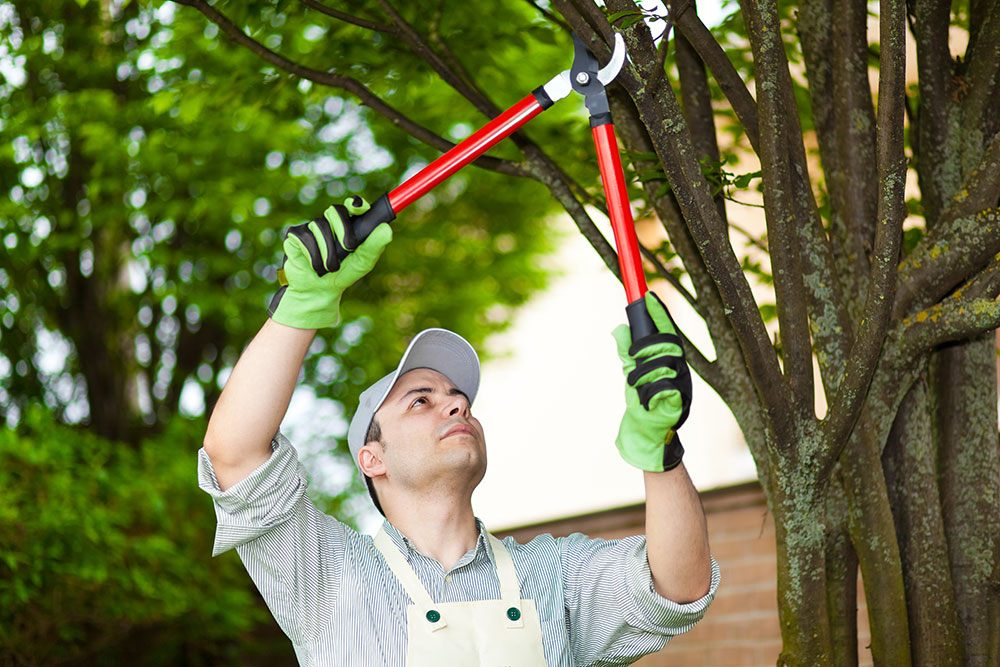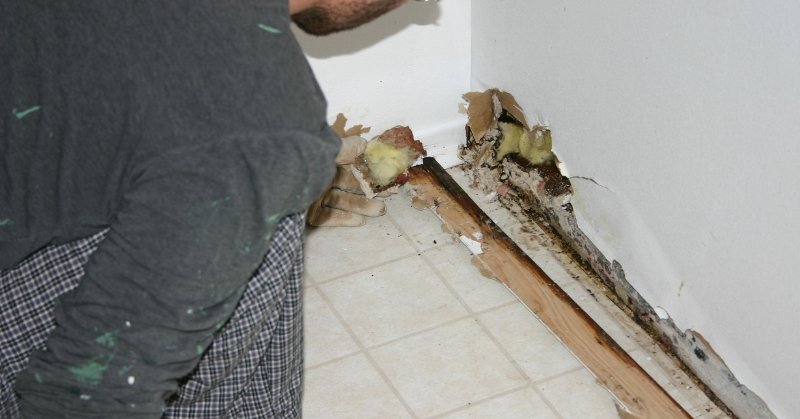Trees are an integral part of our environment and play a crucial role in enhancing the beauty of our landscapes. Proper tree maintenance ensures their health, longevity, and safety. In this article, we will explore effective strategies for tree maintenance that will help you create a safe and beautiful landscape. From pruning to pest control, we will cover everything you need to know to keep your trees in optimal condition.
1. Introduction
When it comes to maintaining a captivating landscape, trees are an essential component. They provide shade, improve air quality, and contribute to the overall aesthetic appeal of your property. However, to fully enjoy these benefits, proper tree maintenance is crucial.
2. Benefits of Tree Maintenance
Tree maintenance offers numerous advantages. Firstly, it ensures the health and longevity of your trees. Regular inspection and care help identify potential issues before they escalate, allowing you to take preventive measures promptly. Secondly, well-maintained trees contribute to a safer environment by preventing hazards such as falling branches. Moreover, aesthetically pleasing trees increase the value of your property.
3. Assessing Tree Health
Before implementing any maintenance measures, it is essential to assess the health of your trees. Look for signs of decay, such as dead branches, discolored leaves, or fungal growth. Inspect the trunk for cracks, cavities, or other structural issues. If you notice any concerning symptoms, consult a professional arborist for a thorough evaluation.
4. Pruning Techniques
Pruning plays a vital role in maintaining tree health and shape. It involves the removal of dead, damaged, or overgrown branches. Pruning also promotes proper air circulation and sunlight penetration, essential for healthy tree growth. Make clean cuts just outside the branch collar to facilitate proper healing when pruning.
5. Tree Disease and Pest Management
Trees are susceptible to various diseases and pests that can harm their health. Regular monitoring is crucial to detect signs of infestation or disease early on. If you notice symptoms such as wilting leaves, abnormal growths, or insect presence, consult an arborist to identify the problem and develop an appropriate treatment plan.
6. Mulching and Fertilization
Mulching provides several benefits for tree maintenance. It conserves moisture, suppresses weed growth, and regulates soil temperature. Apply a layer of organic mulch around the base of the tree, ensuring it does not touch the trunk. Additionally, proper fertilization provides essential nutrients for tree growth. Consult an arborist to determine the appropriate fertilizer and application method for your specific tree species.
7. Watering Strategies
Proper watering is crucial for tree health, particularly for newly planted trees. Deep watering encourages the development of strong root systems. Water the trees thoroughly and less frequently to promote deep root growth. Avoid overwatering, as it can lead to root rot and other issues. Consider the tree species and environmental conditions when determining the ideal watering schedule.
8. Tree Planting Tips
When planting new trees, proper techniques ensure their successful establishment. Dig a wide and shallow hole, allowing room for the roots to spread. Avoid planting too deep, as it can suffocate the tree. Remove any burlap or wire from the root ball before planting. Support young trees with stakes or ties until they are firmly rooted.
9. Preventing Tree Hazards
Regular inspection and maintenance help prevent tree hazards. Trim branches that pose a risk to structures, power lines, or pedestrian areas. Remove dead or weakened branches promptly to prevent them from falling during storms. Conduct routine checks for signs of decay, cracks, or other structural weaknesses.
10. Tree Removal Considerations
Tree removal sometimes becomes necessary due to safety concerns, disease, or other reasons. When considering tree removal, consult a professional arborist to assess the situation. They will determine the best course of action and ensure the process is carried out safely and efficiently.
11. Conclusion
Tree maintenance is vital for creating a safe and beautiful landscape. By following proper pruning techniques, addressing disease and pest issues, providing adequate water and nutrients, and taking preventive measures, you can ensure the health and longevity of your trees. Regular inspections and professional consultations play a significant role in maintaining a safe environment. Remember, healthy and well-maintained trees not only enhance the beauty of your landscape but also provide numerous benefits for the ecosystem.
In conclusion, proper tree maintenance is crucial for creating a safe and beautiful landscape. By following the outlined strategies, you can ensure your trees’ health, longevity, and aesthetic appeal. Remember to consult professional arborists for expert guidance and assistance. So go ahead and embrace the joy of nurturing your trees while enhancing the beauty of your surroundings Stump Grinding.




